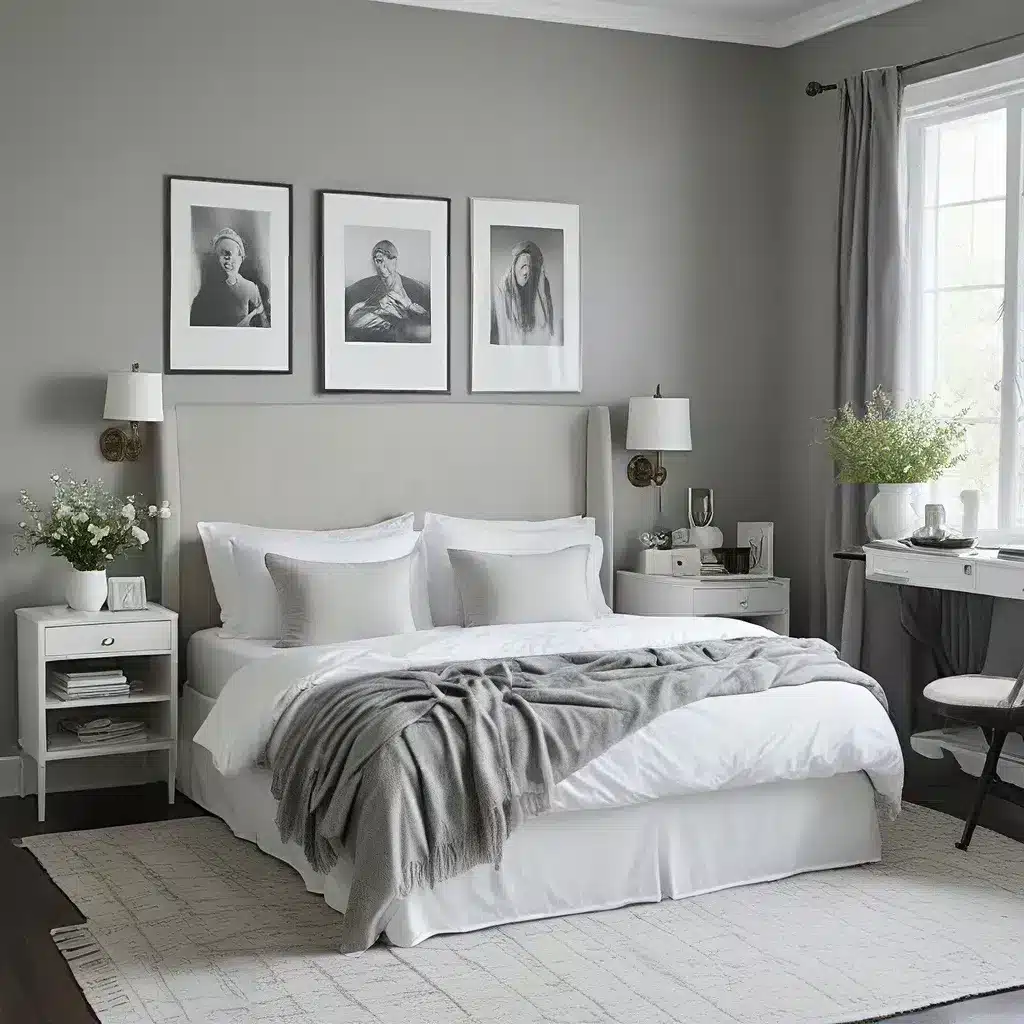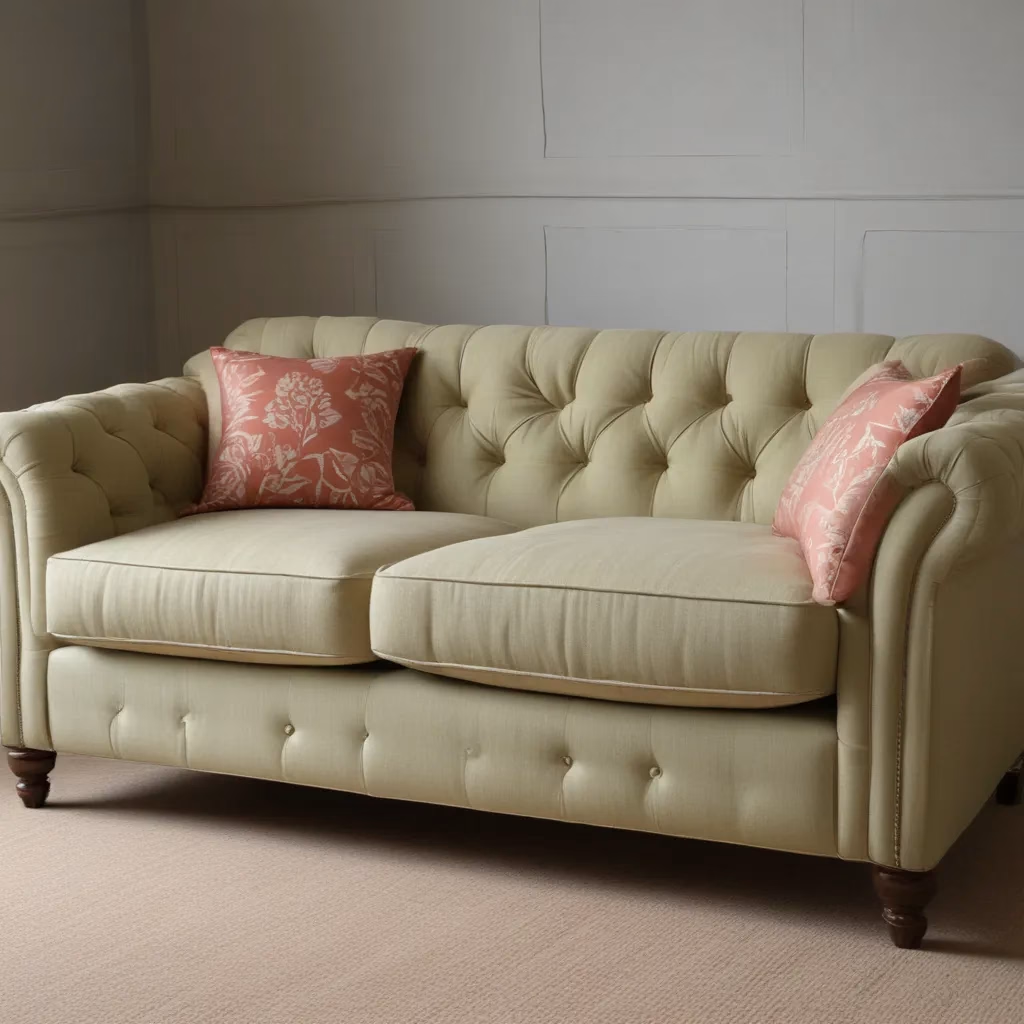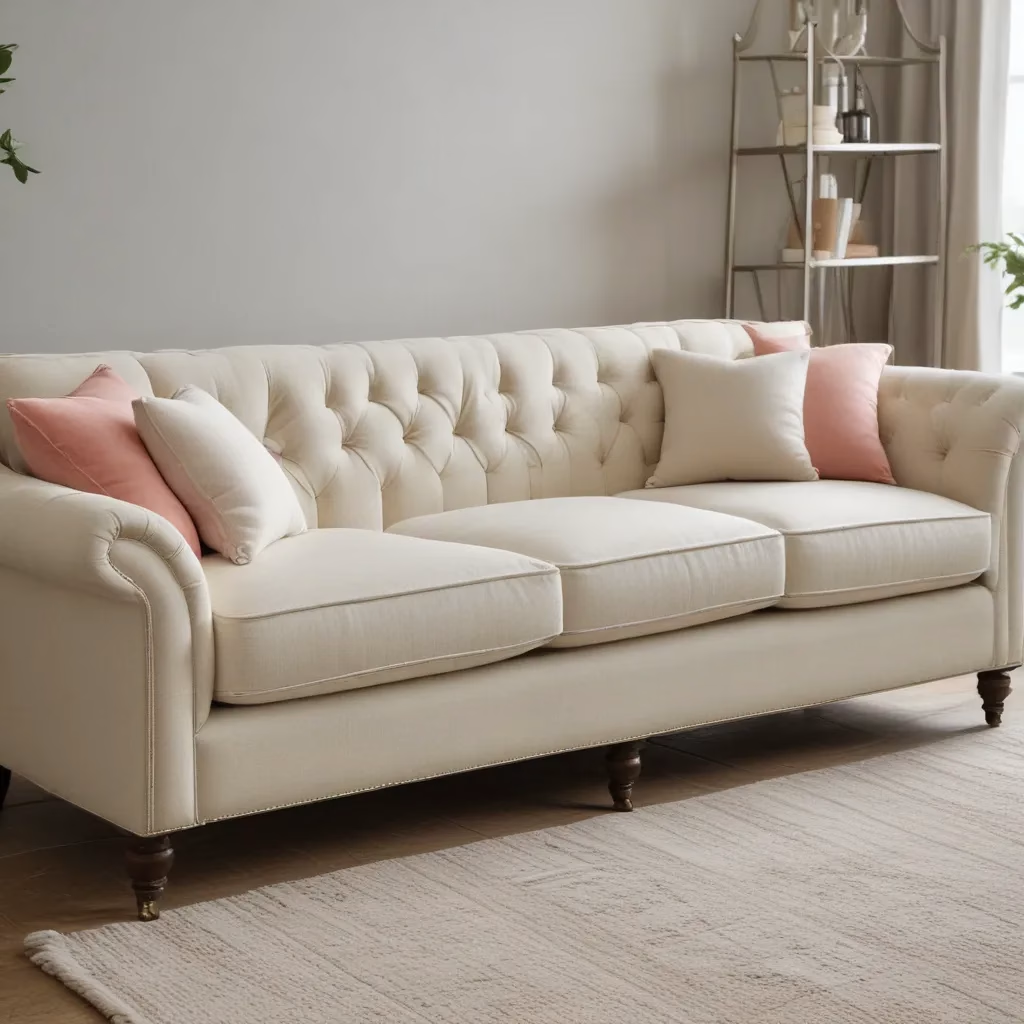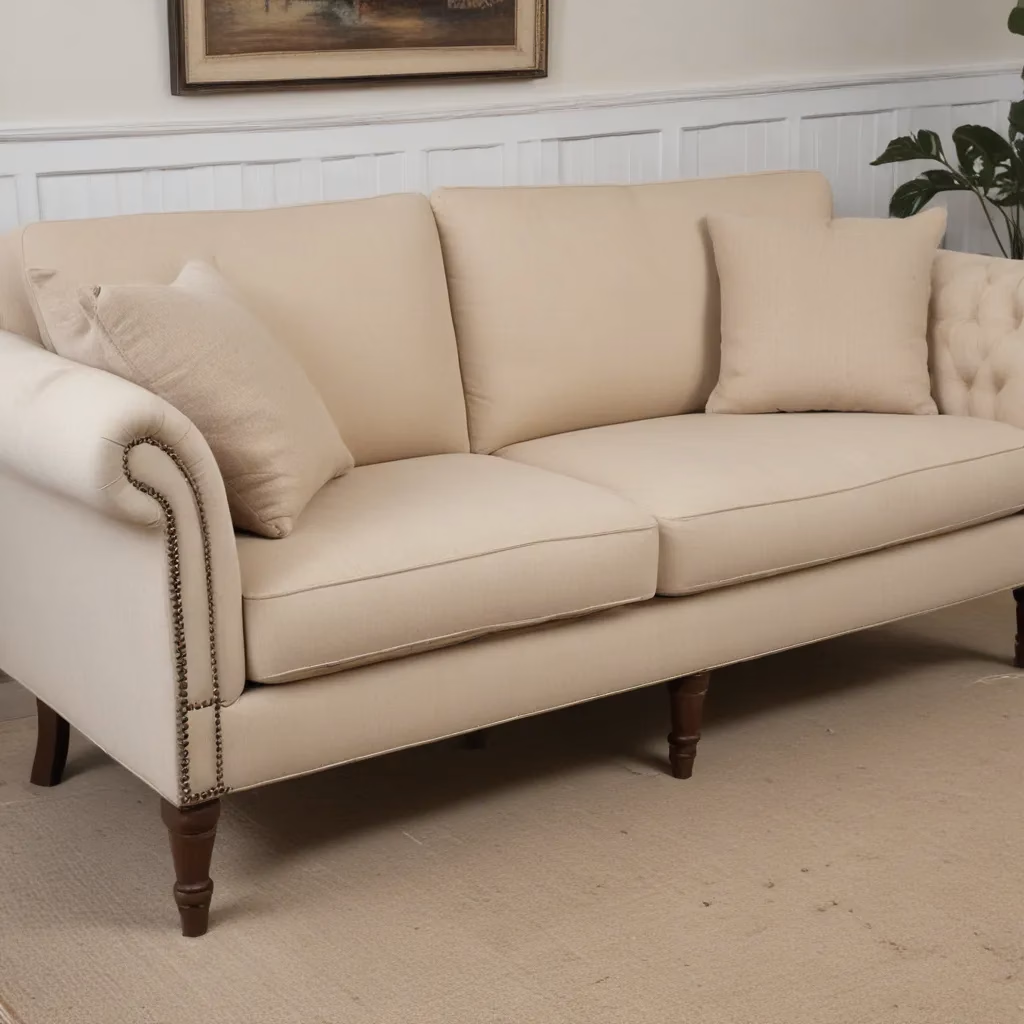
As an interior design enthusiast, I’ve always been fascinated by the power of a single color to transform a space. Sure, using a vibrant palette can be exciting, but there’s something undeniably captivating about the monochromatic approach. It’s like a symphony conducted with a single instrument – the nuances and layers emerge in a way that’s both subtle and sophisticated.
The Essence of Monochromatic Design
When I first learned about monochromatic design, I’ll admit I was a bit skeptical. How could using just one color create anything other than a bland, one-dimensional space? But the more I delved into it, the more I realized the true genius of this design style.
Monochromatic design goes beyond just using a single hue; it’s about layering and integrating different shades, tints, and tones of a chosen color to achieve a harmonious and visually compelling look. This strategic use of paint, textures, and patterns can make a space feel larger, more cohesive, and undeniably interesting.
The beauty of a monochromatic scheme lies in its simplicity and the sense of serenity it brings. It’s a design approach that feels effortlessly put together, with minimal effort required. And let me tell you, as a busy homeowner with a penchant for redecorating, that’s music to my ears!
Painting the Way to Monochromatic Magic
One of the key elements in creating a monochromatic masterpiece is the strategic use of paint. To get that seamless, sophisticated look, you’ll need to select varying shades, tints, and tones of a single color and apply them to your walls, trim, and architectural details.
I recently tackled a monochromatic paint project in my living room, and the transformation was nothing short of stunning. I started by choosing a rich, earthy tone as my foundation, then layered in a few shades lighter and darker to add depth and dimension. The result was a space that felt cozy and cohesive, with the paint playing a pivotal role in drawing attention to the room’s natural textures and architectural features.
But the magic doesn’t stop there! The beauty of a monochromatic palette is that it’s endlessly adaptable, allowing you to support a variety of decor styles, from modern and minimalist to cozy and traditional. So whether you’re a fan of sleek, contemporary furnishings or vintage-inspired pieces, a monochromatic color scheme can serve as the perfect canvas.
Texture and Pattern: The Key to Depth
One of the biggest challenges in creating a monochromatic space is preventing it from feeling flat or one-dimensional. But fear not, my design-savvy friends, because there’s a secret weapon in your arsenal: texture and pattern.
By incorporating an array of different textures and patterns within your monochromatic color scheme, you can infuse the room with depth and visual interest. Imagine the play of light and shadow on a velvety sofa, the subtle sheen of a satin curtain, or the captivating contrast of a matte accent wall against a glossy sideboard. These elements become the true focal points of the space, drawing the eye and elevating the overall monochromatic look.
In my own home, I like to play with a mix of smooth, shiny, and matte surfaces, as well as incorporate patterns like stripes, geometric designs, and even subtle florals. The key is to ensure that each texture and pattern complement the overall monochromatic theme, rather than feeling like a disjointed addition.
Accessories and Lighting: The Finishing Touches
As with any design project, the right accessories and lighting can truly make or break the final result. And when it comes to monochromatic spaces, these elements become even more crucial in elevating the overall sophistication and depth of the room.
Metallic accents, for example, can add a touch of luxury and subtle contrast that enhances the monochromatic theme. I’m particularly fond of incorporating brushed gold or aged bronze elements, as they play beautifully with the various tones and textures in the space.
And let’s not forget the power of strategic lighting. Whether it’s natural sunlight, carefully placed fixtures, or a combination of both, the right lighting can accentuate the depth and dimensions of your monochromatic palette. I recently experimented with a mix of floor lamps, wall sconces, and a stunning pendant light in my dining room, and the result was nothing short of magical.
The Benefits of Monochromatic Design
As if the aesthetic appeal of monochromatic design wasn’t enough, there are also some practical advantages to this approach that make it a designer’s dream. For starters, it simplifies the decision-making process, making it easier to select furnishings and decor since they all derive from the same foundational color.
But the benefits don’t stop there. A monochromatic scheme also creates a seamless flow from room to room, promoting a sense of unity and spaciousness throughout the home. And let’s not forget the timeless backdrop it provides, allowing personal items and artworks to truly shine and make the space your own.
Embracing monochromatic magic in your home will help you create spaces that are both visually cohesive and rich in depth. Whether you lean towards calming blues, warming earth tones, or crisp whites, this design approach will transform your space into a masterpiece that speaks volumes with just one color.
So, my fellow design enthusiasts, are you ready to embark on your own monochromatic journey? Head on over to Sofa Spectacular to explore our wide selection of sofas, armchairs, and other furnishings that will serve as the perfect foundation for your monochromatic haven. Trust me, the world of one-color wonder awaits, and it’s a journey you won’t want to miss.



